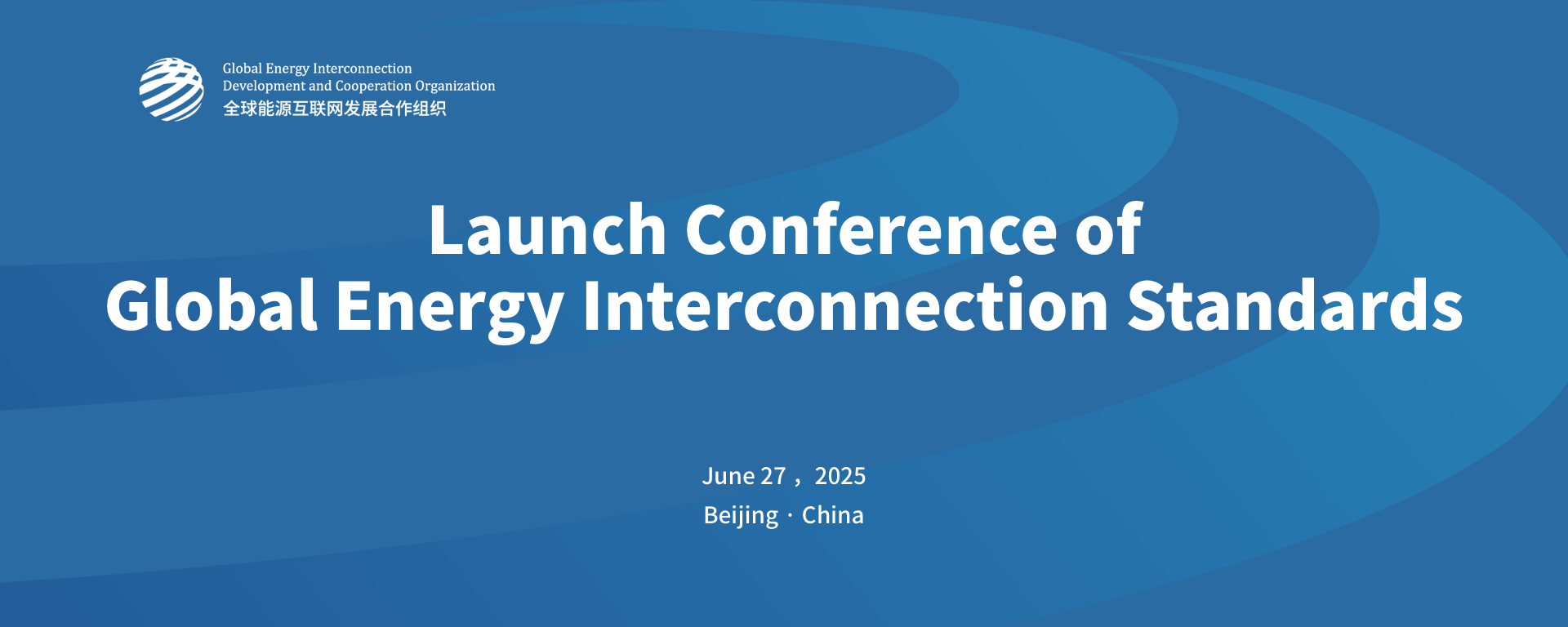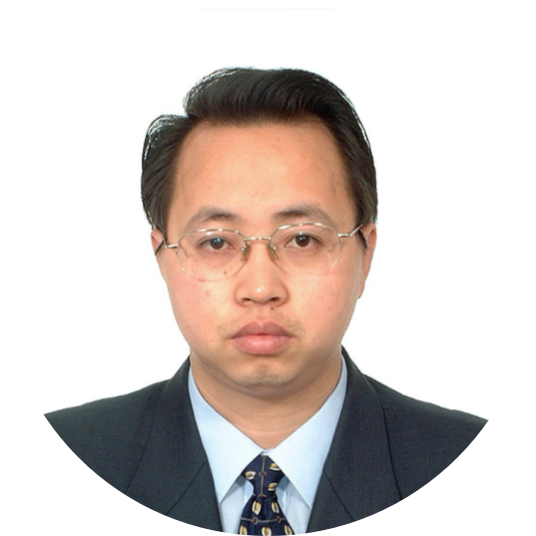| Main Information of 7 GEI Standards |
| No. |
Standard Projects |
| 1 |
Guidelines for the planning of new type power systems
| Contents |
Technical Innovation |
• Summarizes global power system planning standards and experiences.
• Combines trends in new power systems.
• Covers load forecasting, power generation planning, power balance, grid planning, secondary system planning, and planning scheme evaluation.
• Applicable to transmission systems at 220kV and above.
• Applicable to distribution systems at 10kV and above.
• Other voltage levels can refer to this standard. |
• Addresses transformation towards new energy-dominated power systems.
• Proposes universal technical recommendations for new elements and business models in generation, grid, load, and storage.
• Provides global insights for planning new type power systems. |
|
| 2 |
Assessment method for onshore wind energy resources
| Contents |
Technical Innovation |
• Aims to assess global onshore wind energy resources.
• Optimizes wind energy resource planning and development.
• Enhances resource development planning precision.
• Uses global atmospheric data, mesoscale simulation, topography, land cover, and protected area data.
• Evaluates wind energy resources globally.
• Determines technically exploitable installed capacity and annual electricity generation.
• Supports global wind energy assessments and macro-site selection. |
• Proposes a global method for assessing onshore wind energy resources.
• Introduces a correction method for mesoscale simulation data using anemometer data.
• Determines technically exploitable installed capacity and annual electricity generation for any onshore area. |
|
| 3 |
Guidelines for cross-border grid interconnection
| Contents |
Technical Innovation |
• Specifies tasks for planning to construction stages.
• Covers project planning, consultation, coordination, research, operations, and construction.
• Promotes standardized development of cross-border power grid projects.
• Facilitates global energy interconnection construction |
• Organizes workflows and tasks for cross-border power grid projects.
• Emphasizes principles of clean energy, mutual benefit, and safety.
• Clarifies roles of governments, international organizations, power companies, and investors. |
|
| 4 |
Technical requirements for connecting photovoltaic power plant to power system
| Contents |
Technical Innovation |
• Specifies technical requirements for PV power stations connecting to the grid.
• Applicable to new, rebuilt, and expanded PV stations at 10kV and above.
• Covers active power, reactive voltage, fault ride-through, operation adaptability, power prediction, and more.
• PV stations with energy storage can refer to this standard. |
• Standardizes grid connection for PV power stations, including those with energy storage.
• Adds technical requirements for primary frequency modulation and fault ride-through capabilities.
• Enhances system stability and reliability. |
|
| 5 |
Technical specifications for connecting wind farm to power system
| Contents |
Technical Innovation |
• Specifies technical requirements for onshore wind farms connecting to the grid.
• Applicable to new, rebuilt, and expanded wind farms at 110 (66) kV and above.
• Covers active power, inertia response, power prediction, reactive capacity, voltage/fault ride-through, and more. |
• Standardizes grid connection technology for wind farms.
• Details technical requirements for voltage, frequency, and reactive power.
• Ensures fault ride-through and low voltage ride-through capabilities. |
|
| 6 |
Alternating current electric equipment installation engineering -standard for hand-over test of electric equipment
| Contents |
Technical Innovation |
• Specifies hand-over test items, methods, and result requirements.
• Applicable to rotating machines, transformers, instrument transformers, and vacuum circuit breakers etc..
• For newly installed electrical equipment with highest voltage for equipment of 800kV and below after passing factory tests. |
• Specific test methods and corresponding regulations have been proposed for stator winding AC voltage withstand test and other requirements of synchronous generator and condenser.
• Proposed the test method of the excitation characteristic curve of the current instrument transformer.
• Proposed insulation gas humidity, sealing test and inspection tests for gas density relays, pressure gauges, and pressure action valve for vacuum circuit breakers with transmission levels of 72.5kV and above. |
|
| 7 |
Technical specifications of automatic control system for pumped storage units
| Contents |
Technical Innovation |
• Specifies terminology, general provisions, system structure, functions, and hardware requirements.
• Covers computer supervision and control system, governing systems, excitation systems, and static frequency converters. |
• Standardizes automatic control technology for pumped storage power stations.
• Details technical requirements for computer supervision and control system(CSCS), governor, excitation, and Static Frequency Converter (SFC) .
• Ensures rapid and flexible operational support for the power system. |
|













